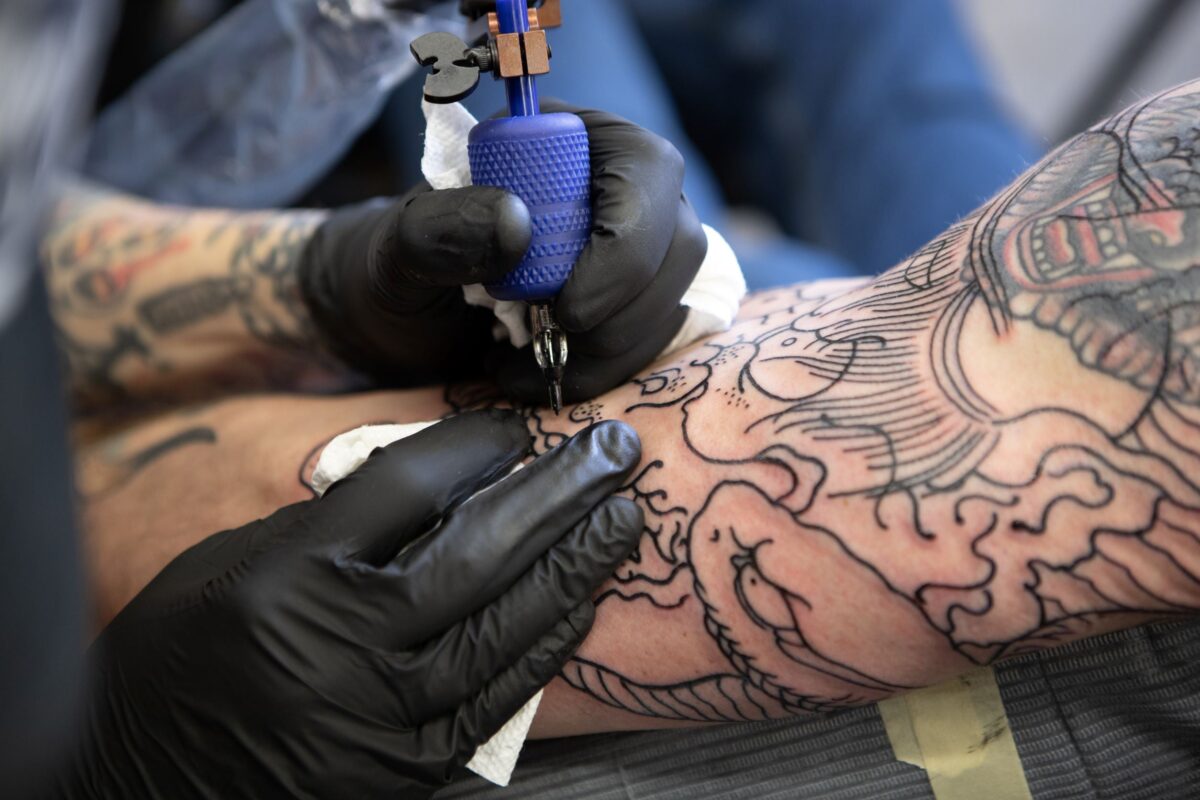Varicose veins, those twisted, enlarged veins near the surface of the skin, often cause discomfort and self-consciousness. A common question that arises is whether it is possible to tattoo over varicose veins.
Today, we delve into the topic of getting a tattoo over varicose veins, discussing safety, risks, alternatives and proper treatments.
- Understanding Varicose Veins: These are enlarged, twisted veins visible under the skin surface.
- Safety of Tattooing Over Varicose Veins: It’s crucial to consider potential health risks and complications before making a decision.
- Possible Risks Involved: Tattooing on varicose veins can cause pain, inflammation and possibly thrombophlebitis.
- Exploring Alternatives: Other than tattoos, there are various ways to hide or treat varicose veins effectively.
- Seeking Proper Treatment: Treating varicose veins medically can lead to permanent resolution and improved health.
This concise list should provide a jumpstart to understanding the matter of tattooing over varicose veins more comprehensively.
Delving Deeper into the Subject
While it’s technically possible to tattoo over varicose veins, it isn’t generally recommended due to potential health risks.
Cosmetic solutions such as makeup or compression stockings can be safer alternatives to hide varicose veins.
Moreover, medical treatments are advancements today that not only hide but also cure varicose veins.
A consultation with a healthcare professional can help you make an informed decision regarding tattoos or other treatments for your varicose veins.
What are Varicose Veins?
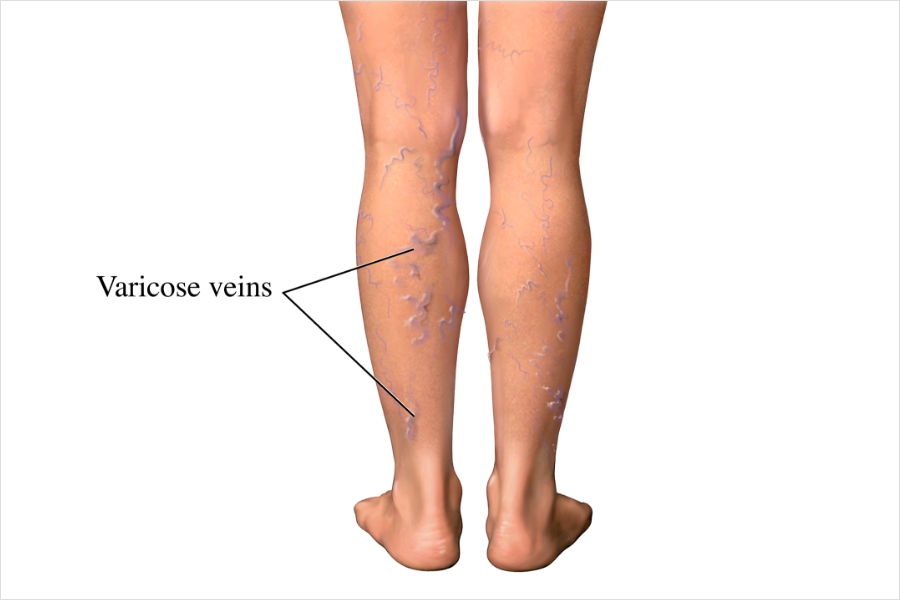
Varicose Veins: A Brief Overview
Varicose veins are swollen, enlarged veins often found near the skin’s surface, labeled as superficial veins.
These are mostly present in the legs due to increased pressure caused by standing and walking.
Aesthetic Concern or Actual Health Risk?
Many perceive varicose veins merely as a cosmetic issue. However, they can cause pain, aching and discomfort.
In some cases, they might lead to serious health problems requiring treatment.
Treatment Options for Varicose Veins
Treatments include exercise, elevating legs when sitting or lying down, and wearing compression stockings.
Sometimes procedures are performed to close or remove the problematic veins.
Symptoms of Varicose Veins
Though varicose veins may not always cause pain, there are several symptoms you can watch for.
Prominent symptoms include dark purple, blue veins that appear twisted and bulging, often resembling cords on the legs.
Painful symptoms range from an achy or heavy feeling in the legs to burning, throbbing, muscle cramping and swelling in the lower legs.
Other symptoms can include severe discomfort after prolonged standing or sitting and itching around one or more of the veins. You may observe changes in skin color around a varicose vein as well.
Spider Veins: The Lesser Known Cousin of Varicose Veins?
Spider veins are similar to varicose veins but smaller.
These exist closer to the skin’s surface and can appear like a spider’s web.
While they primarily occur on the legs, they can also be found on the face.
Is it Safe to Tattoo Over Varicose Veins?
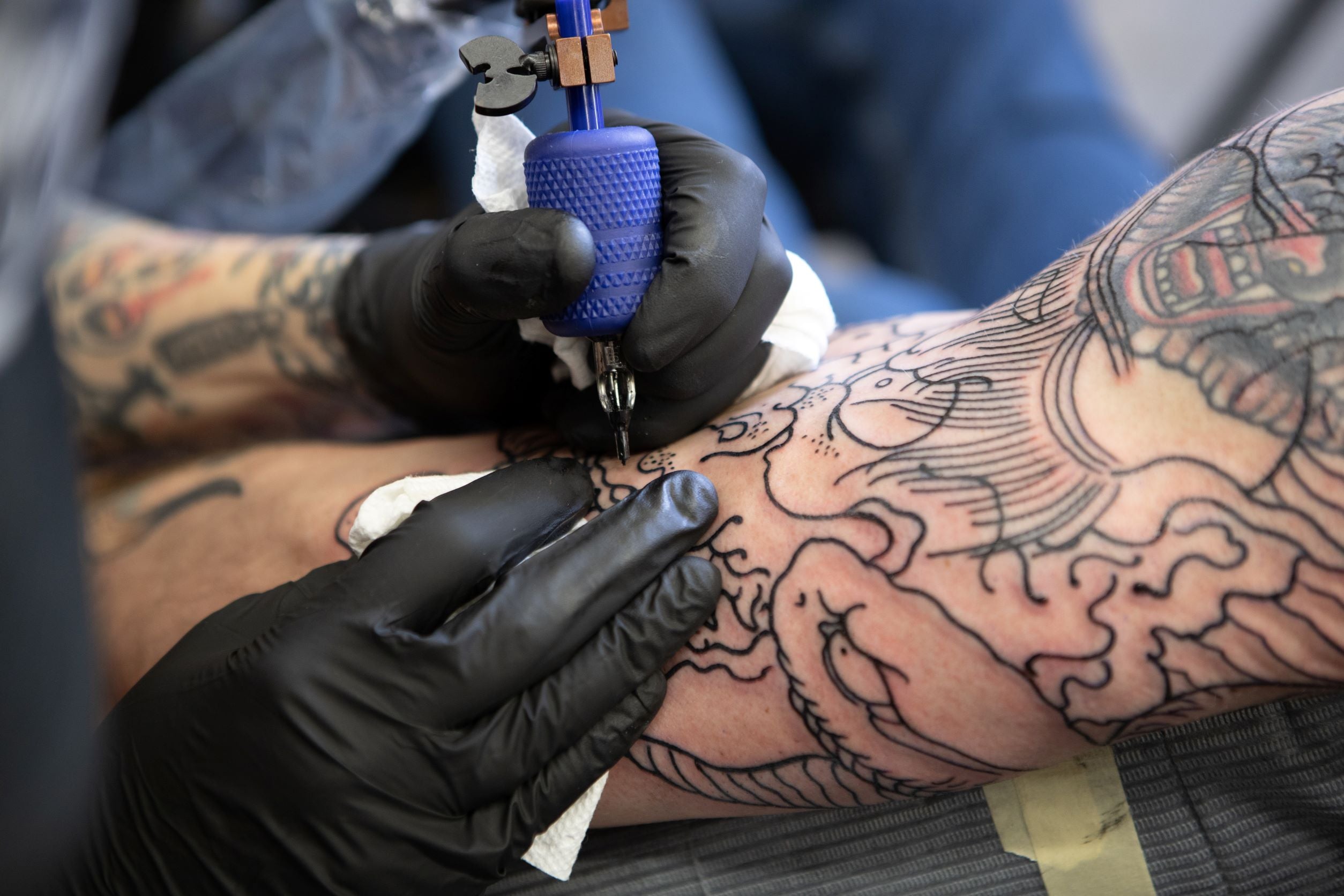
Tattooing over varicose veins can pose serious risks.
Dr. Stacey Chimento, a board-certified dermatologist, explains that the pressure exerted by the tattoo needle can rupture the vein.
This can cause bleeding into surrounding tissue and potentially lead to infections.
The risk is increased for people with varicose veins due to existing damage that hampers healing.
| Risks | Impact | Solution |
|---|---|---|
| Bleeding | Can lead to infections | Avoid piercing veins |
| Infections | Need for urgent care | Frequent cleaning of tattooed area |
| Hyperpigmentation | Darkening of skin | Avoid untreated veins |
| Diseased Veins | Treatment becomes challenging | Treat veins before tattooing |
| Aesthetic Concerns | Tattoo distortion due to bulging veins | |
| Table: Potential risks and solutions of tattooing over Varicose Veins. Source: Healthline.com | ||
The above table succinctly captures the potential hazards and proposed solutions when considering a tattoo over varicose veins.
Another important factor to contemplate lies in the aesthetic implications.
Over time, shifting or bulging veins can distort and deform the tattoo image.
This could result in a skewed appearance, detracting from the intended design.
This should not be overlooked when assessing the suitability of tattooing an area with visible varicose veins.
For those who proceed with tattooing over varicose veins, aftercare is vital.
The objective is to maintain hygiene to ward off infections and minimize scarring.
Key indicators such as severe pain, redness, itchiness, or fever should be monitored closely.
Risks of Tattooing on Varicose Veins
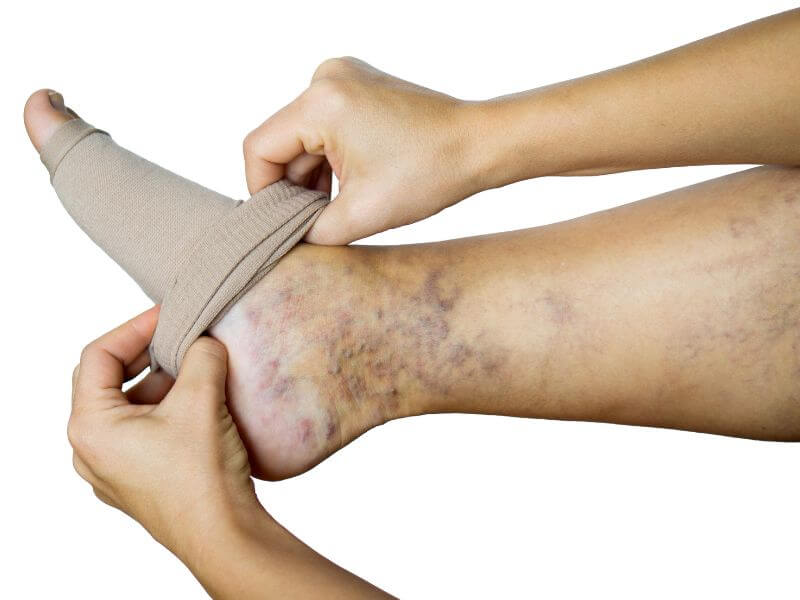
Among the different methods of tattoo removal, each carries its unique risks. In particular, individuals with varicose veins need to be aware of these increased concerns.
- Infection Risks: Varicose veins can hinder circulation, possibly slowing down healing and raising the chance for infections post-procedure.
- Scarring Concerns: The presence of varicose veins may heighten visibility of scarring due to pre-existing skin discoloration.
- Pain Considerations: Removal procedures might be more painful if the affected veins are close to the tattoo being treated.
- Careful Consultation: It’s crucial to discuss potential risks with a professional before deciding on tattoo removal, especially if you have varicose veins.
Laser Therapy for tattoo removal often causes significant discomfort. The use of topical anesthetics can help manage this pain. Additionally, bear in mind that changes in skin pigmentation may occur post-procedure, which might either lighten or darken your skin temporarily.
The risk of skin infections increases if aftercare instructions aren’t strictly followed. Also, although rare, scarring is possible if the skin reacts adversely to the laser or if care following the procedure is neglected.
Surgical Excision involves cutting out the tattooed skin and stitching the remaining parts together. This method normally results in scarring. The risk for surgical site infections and complications exist if the treatment site isn’t properly cared for post-procedure.
Dermabrasion, which entails physical removal of skin layers, could lead to significant scarring and open skin—increasing chances for infections if proper aftercare isn’t observed.
A comprehensive guide to the risks associated with each method can be found here.
Alternatives to Hiding Varicose Veins with Tattoos
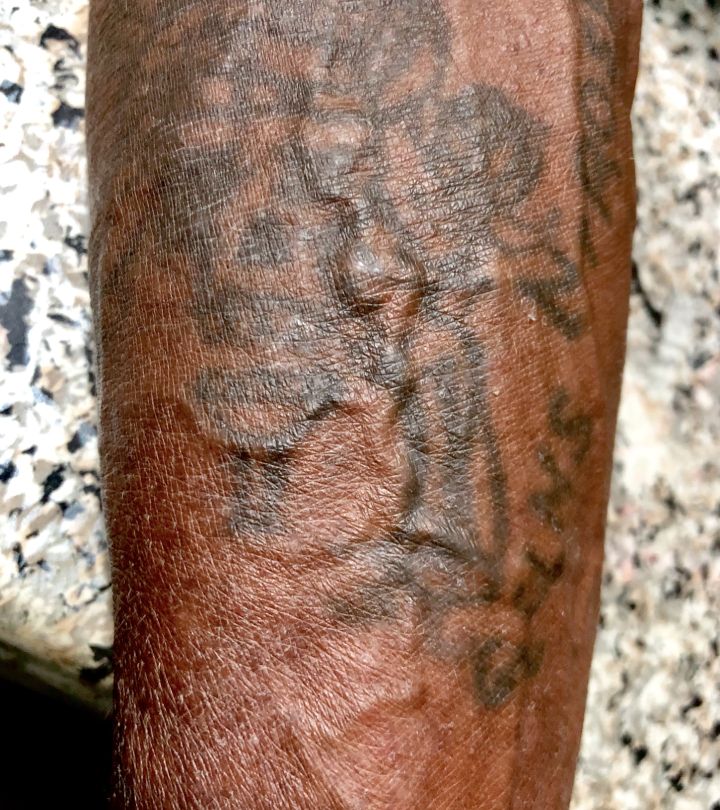
Getting a tattoo over varicose veins carries potential risks. Tattoo distortion, vein rupture, and swelling are some possible outcomes.
An infection in the leg can also occur due to added pressure during the tattooing process. Thus, it’s best to avoid varicose veins when tattooing.
Moreover, tattoos can hinder proper treatment for your varicose veins. The doctor needs clear visibility of the vein to conduct the appropriate treatment.
The Risks of Tattoo Cover-ups
If you have a tattoo over your varicose vein during treatment, your chances of complications post-recovery might increase.
Alternative Cover-Up Methods
Skin-colored compression stockings and topical solutions like vein cream or makeup are non-invasive options to conceal varicose veins.
You can find these creams and topical medications at affordable prices in your local drug store. If you experience irritations, consult a physician for formal medical treatment.
Seeking Proper Medical Treatment
Although tattoos seem an easy solution to hide varicose or spider veins, they could lead to serious complications or worsening conditions.
If you have such veins, it is advised to consult with a medical vein specialist right away. These professionals can suggest an individualized treatment plan based on symptom assessment and medical history review. You can read more about it from St Johns Vein.
Getting Proper Treatment for Varicose Veins
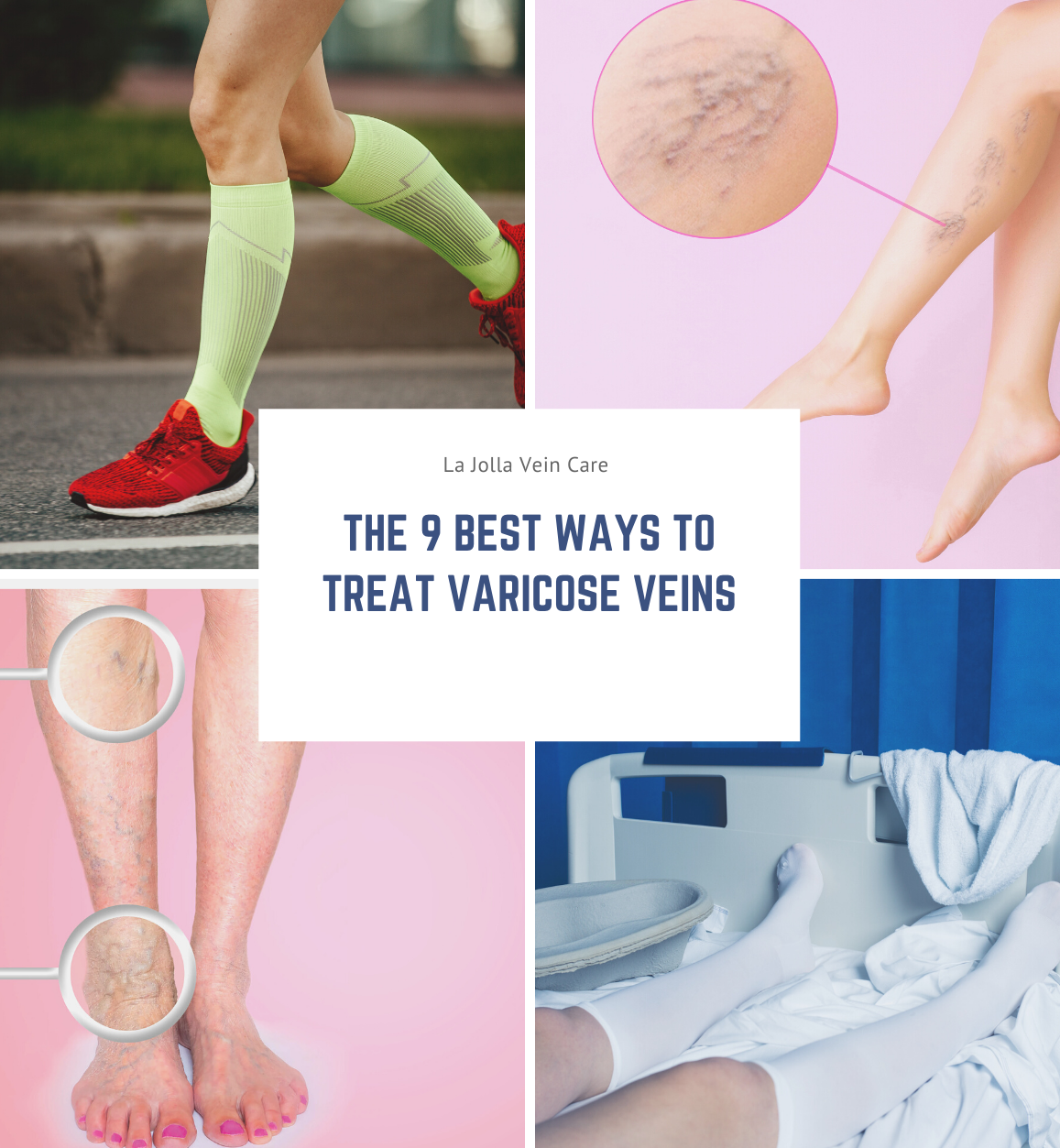
Varicose veins, an often painful condition resulting from weak or damaged vein valves, are widespread. A variety of causes can lead to this condition.
The Causes of Varicose Veins
Genetics play a significant role; if your parents have them, chances are you might too. Pregnancy often leads to varicose veins.
Obesity can also cause varicose veins due to the extra pressure it places on vein valves. Age is another factor, as vein valves weaken with time.
Extended periods of sitting or standing put pressure on the blood vessels, potentially triggering the condition.
Symptoms Associated With Varicose Veins
People suffering from this disease may experience pain, leg cramps, discomfort, swelling and heaviness in their legs.
In addition, they may endure itching and noticeable skin discoloration. It’s crucial to seek medical help if you encounter these symptoms.
Treatment Options for Varicose Veins
A conservative approach might involve lifestyle changes. Such modifications could comprise low-intensity workouts, weight control, wearing comfortable clothes, and elevating your legs regularly to enhance circulation.
You can also consider medical treatments like Sclerotherapy or Ambulatory Phlebectomy. Endovenous Laser Ablation utilizes laser energy to shrink and collapse damaged veins,
VENCLOSE is a highly advanced laser treatment option with high patient satisfaction rates. These treatments aim at rerouting blood flow towards healthy veins and sealing problematic ones.
Insurance Coverage for Treatments
If you’re concerned about costs, rest assured that most insurance plans cover varicose and spider veins treatments. Financing options also exist for those without insurance.
Visit the USA Vein Clinics to schedule a consultation and begin your journey towards healthier veins.
Veins Vs Ink
Technically, you can get a tattoo over varicose veins, but it’s not advisable. The uneven skin surface may affect the tattoo application and healing process. Furthermore, puncturing a varicose vein with a tattoo needle could potentially lead to complications. Always consult with a healthcare professional before making such decisions.
